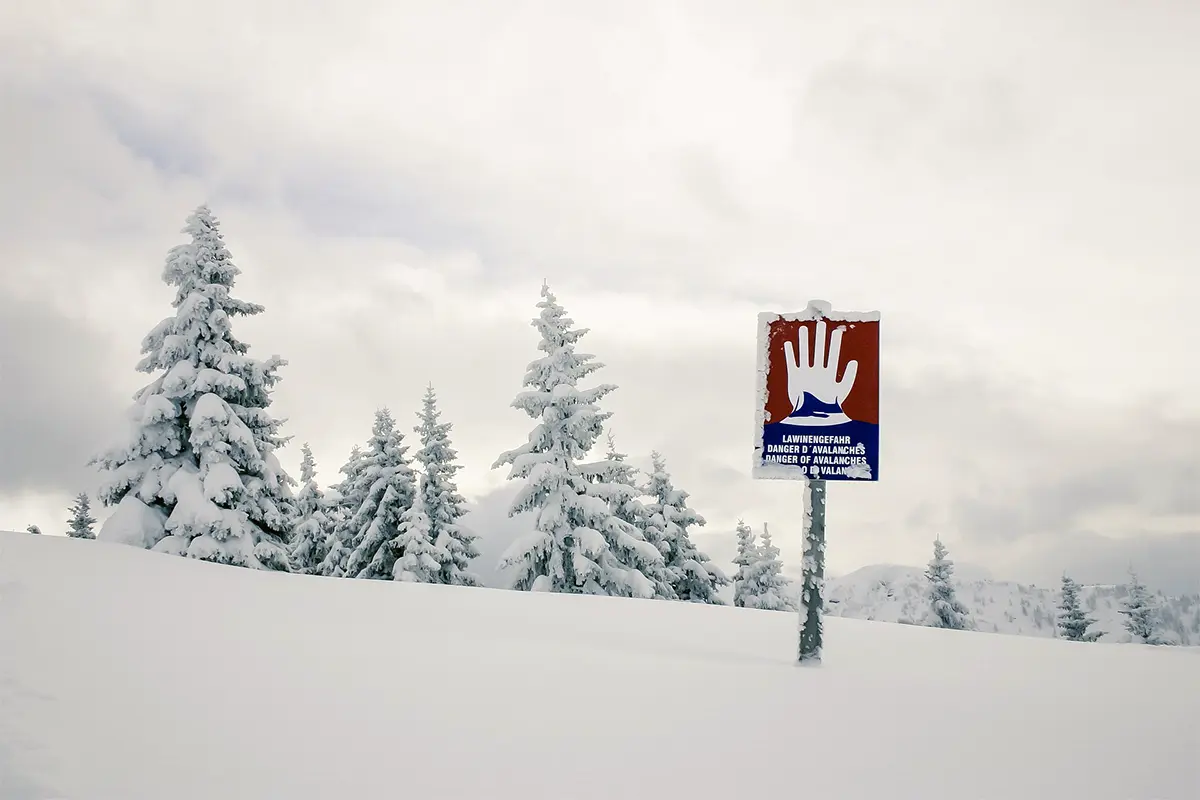What is an avalanche? Avalanches are a natural disaster that often go overlooked, but they are actually one of the deadliest on Earth. These massive flows of snow, ice, and debris can strike without warning, devastating entire mountain communities and claiming hundreds of lives each year.
So, what exactly is an avalanche?
Simply put, an avalanche is a mass of snow, ice, and debris that suddenly and rapidly flows down a mountain slope. There are three main types of avalanches: powder snow avalanches, wet snow avalanches, and slab avalanches. Powder snow avalanches occur when dry, loose snow is triggered to slide. Wet snow avalanches happen when a layer of wet, heavy snow collapses and slides down the mountain. Slab avalanches occur when a layer of cohesive snow breaks and slides down the slope.
Avalanches can be caused by a variety of triggers, including heavy snowfall, earthquakes, and even human activity. Skiers and snowboarders should be particularly careful in avalanche-prone areas and take precautions to avoid triggering an avalanche. This includes avoiding high-risk areas, carrying safety equipment, and knowing how to use it.
Despite the precautions we can take, avalanches can still be incredibly destructive. The power of an avalanche comes from its size, speed, and the amount of debris it carries. In fact, some avalanches can reach speeds of up to 80 mph and carry hundreds of thousands of tons of snow and debris. The destructive force of an avalanche can level entire communities and bury buildings and vehicles under tons of snow and ice.
How deadly are avalanches?
Avalanches are a natural disaster that claim hundreds of lives each year worldwide. According to the International Snow and Avalanche Foundation, there are an average of 25 avalanche deaths per million population per year. This means that in countries with a high number of people participating in winter sports, the number of avalanche deaths can be quite high. For example, in the United States, which has a population of approximately 330 million, there are an average of approximately 825 avalanche deaths each year.
The number of avalanche deaths can vary significantly from year to year, depending on the weather conditions and the level of preparedness of those participating in winter sports. In some years, the number of avalanche deaths may be much higher or lower than the average.
It’s important to note that while the number of avalanche deaths worldwide is relatively small compared to other natural disasters, the impact of an avalanche on a small community or on a group of people participating in winter sports can be devastating. This is why it’s so important to be aware of the risks and to take precautions to stay safe in avalanche-prone areas.
How to stay safe in an avalanche
Avalanches are a natural disaster that can strike without warning, causing devastation and claiming lives. If you plan to participate in winter sports in areas where avalanches are a risk, it’s important to be prepared and know how to stay safe.
The first step in staying safe during an avalanche is to avoid high-risk areas. This means paying attention to avalanche warnings and avoiding slopes that are steep or have a lot of exposed rock. You should also be aware of the weather conditions, as heavy snowfall or strong winds can increase the risk of an avalanche.

Avalanche Warning
It’s also a good idea to carry safety equipment when participating in winter sports in avalanche-prone areas. This includes a beacon, shovel, and probe. A beacon is a device that sends out a signal that can be picked up by rescuers, making it easier for them to locate you if you are buried in an avalanche. A shovel is used to dig through the snow, and a probe is a long, thin rod that can be used to locate someone buried in the snow. It’s important to know how to use this equipment properly, so consider taking an avalanche safety course to learn more.
If you are caught in an avalanche, the most important thing is to try to stay on the surface. You can do this by using a technique called “the tuck and roll,” which involves tucking your arms and legs close to your body and rolling with the avalanche as it flows down the mountain. If you are buried in an avalanche, it’s important to try to stay calm and conserve your energy. You can create a small air pocket around your face by cupping your hands over your nose and mouth, which can help you to breathe until rescuers arrive.
If you are skiing or snowboarding with a group, make sure to stay together and communicate with each other. If someone in your group is caught in an avalanche, it’s important to try to locate them as quickly as possible. If you have a beacon, turn it on and try to locate the signal. If you don’t have a beacon, try to use your eyes and ears to locate your group member. You can also use the “shout method,” which involves shouting every few seconds to help rescuers locate you.
Other Avalanche Resources
- The American Avalanche Association (AAA) is a professional organization for avalanche professionals in the United States. They provide resources and education for professionals, as well as information on avalanche safety for the general public.
- The National Avalanche Center is a program of the United States Forest Service that provides avalanche forecasts and information for the United States. You can find current and past avalanche forecasts, as well as safety tips and resources on their website.
- Avalanche.org is a website run by the Canadian Avalanche Association that provides information on avalanche safety and education. They have a range of resources available, including safety tips, courses, and information on current avalanche conditions.
- The European Avalanche Warning Services provide avalanche forecasts and information for several European countries. You can find current and past avalanche forecasts, as well as safety tips and resources on their website.
In conclusion, it’s important to be aware of and prepared for the risk of avalanches if you plan to participate in winter sports in areas where they are a risk. Educate yourself on the hazards and always follow safety guidelines to help protect yourself and others. Stay safe out there!









